Cloud Orchestration: Coordinating Infrastructure, Containers, and Services
.png)
Cloud orchestration is the automated coordination of cloud services, applications, and infrastructure into end-to-end workflows. In practice, orchestration “coordinates tools, applications, APIs, and infrastructure across private and public clouds”. In other words, it’s the glue that links disparate automation tasks into a cohesive process. Orchestration ensures that everything from virtual machines to load balancers and storage volumes work together smoothly.
In a real cloud environment, there are many routine tasks – provisioning servers, configuring networks, allocating storage, deploying containers, and so on – that must happen in the right order. Cloud orchestration automates and links these steps. For example, it can simultaneously spin up VM instances, attach storage, configure firewall rules, and then launch applications as a single workflow. By automating provisioning of servers, network devices (routers, load balancers, etc.), storage capacity, virtual machines, and application deployments, orchestration greatly reduces manual effort. It also prevents isolated scripts from “stepping on each other” – orchestration aligns all automated tasks into one smooth process. As Red Hat puts it, if automation tasks are like individual musicians, orchestration is the conductor keeping them in sync.
- Key cloud tasks are often automated: Provisioning servers (VMs), configuring network devices (load balancers, routers), allocating storage, creating VMs, and deploying applications.
- Orchestration benefit: These tasks, once automated, are ordered and linked automatically so the cloud service can be delivered end-to-end.
Cloud Automation vs. Orchestration
It’s important to distinguish cloud orchestration from cloud automation. Cloud automation refers to automating individual tasks (for example, a script to launch a VM or configure a database), whereas cloud orchestration refers to coordinating many such tasks into a workflow. In other words, orchestration is the automation of automation. Cisco notes that cloud automation provides the building blocks (turning devices on or off, running a script), while orchestration is “the process of coordinating multiple, interconnected and often interdependent automated tasks across multiple components to achieve a specific goal”. Red Hat similarly explains that orchestration ties together multiple automated steps into higher-order workflows.
Cloud Orchestration Tools and Platforms
The industry offers many tools and platforms for cloud orchestration. These can range from simple scripting frameworks to full-fledged orchestration platforms. Key categories include:
Infrastructure-as-Code (IaC) tools
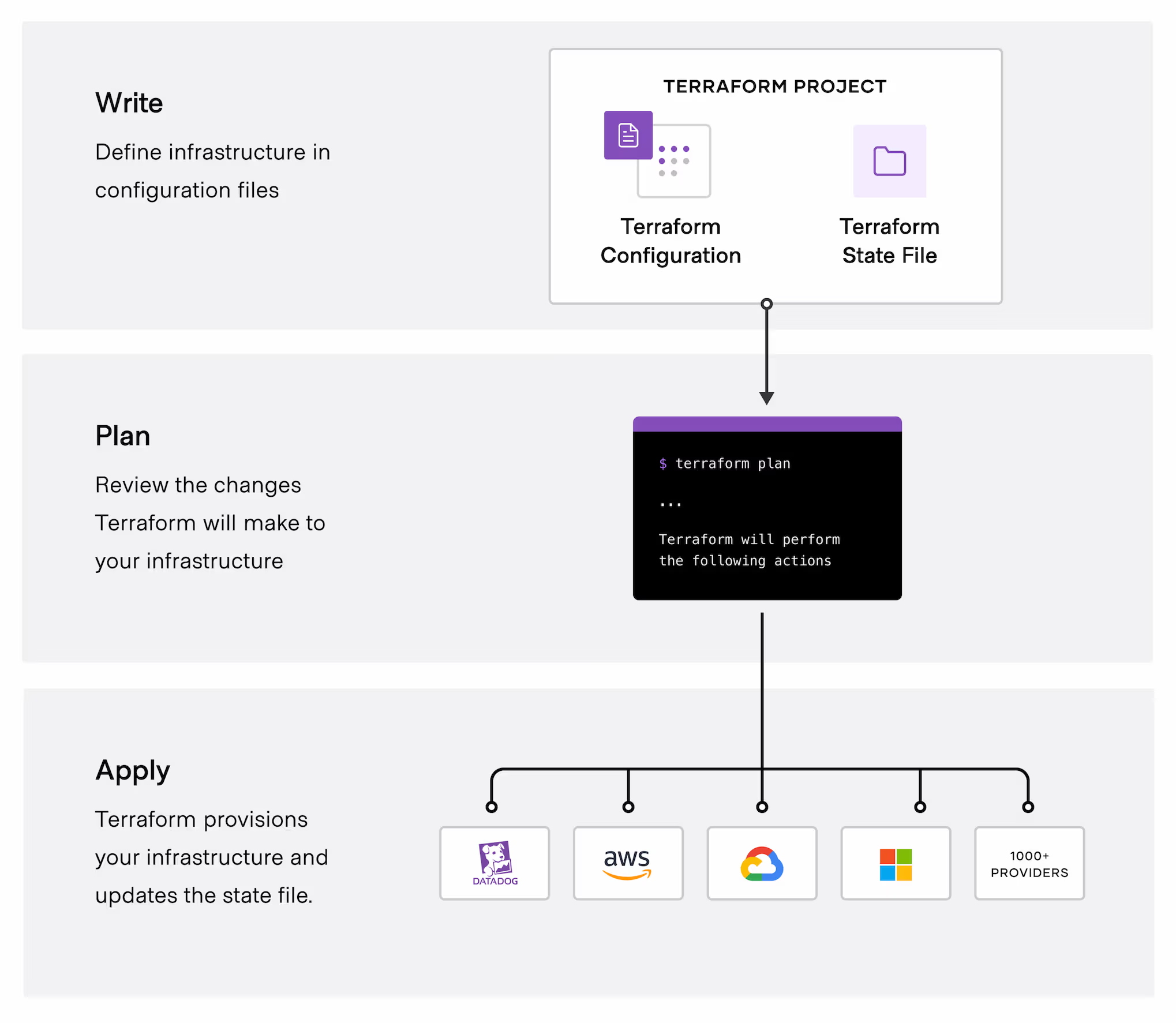
Solutions like HashiCorp Terraform or Pulumi let teams declare the desired state of infrastructure in code or templates. These orchestrate the provisioning of cloud resources (servers, networks, load balancers, etc.) in a repeatable way across different clouds.
Configuration management tools
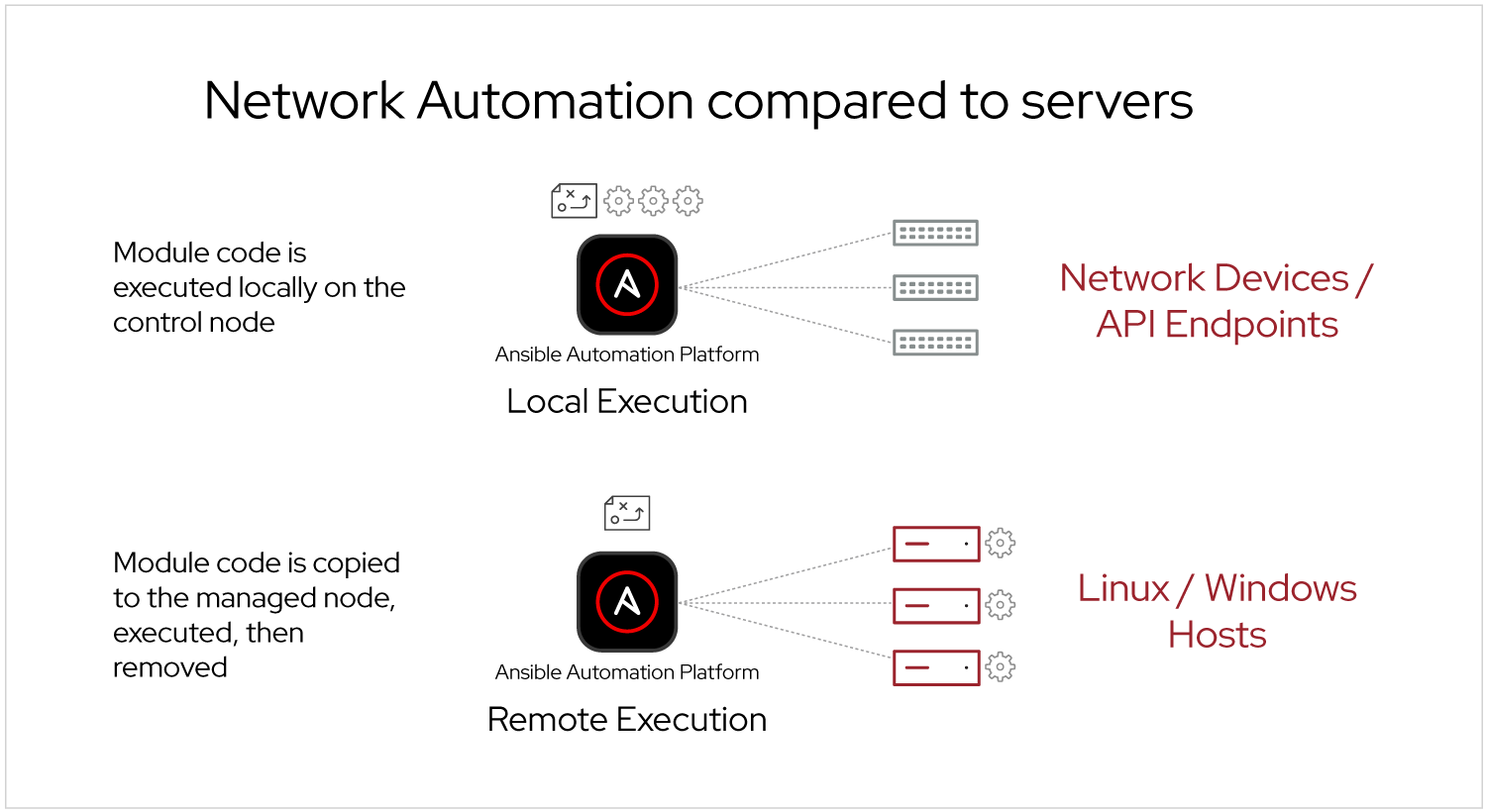
Ansible, Chef, and Puppet are popular for automating software and system configuration. They ensure servers and applications are set up consistently, but they can also orchestrate workflows by chaining playbooks or recipes across environments.
Cloud provider orchestration
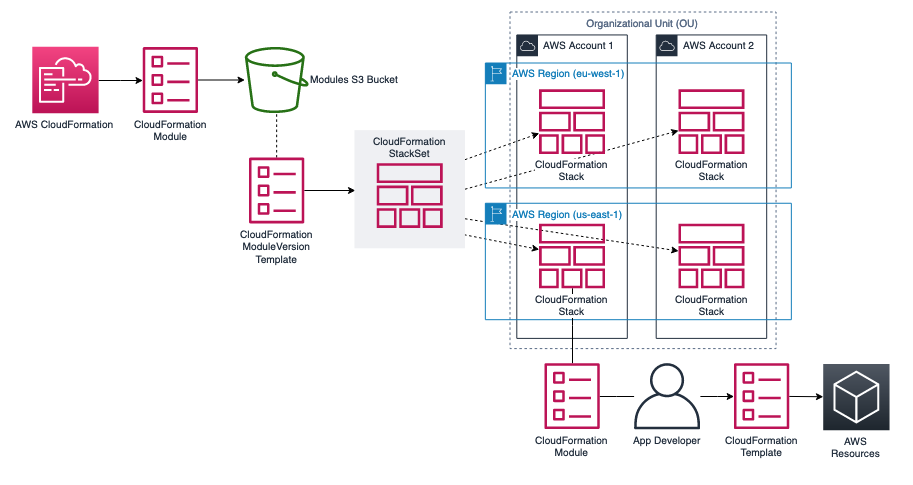
All major cloud vendors offer native orchestration services. For example, AWS has CloudFormation and Step Functions, Azure has Resource Manager templates and Automation, and GCP has Deployment Manager. These tools allow users to model and automate resource deployment within that cloud.
Container orchestration

Modern applications often run in containers, so container orchestration platforms are crucial. Kubernetes has become the de facto standard for container orchestration, automatically deploying, scaling, and managing containerized workloads. Other options include Docker Swarm, Redhat OpenShift and HashiCorp Nomad. These systems handle scheduling containers across cluster nodes, health checks, load balancing, and rolling updates. DigitalOcean notes that managed Kubernetes offerings (like DOKS or EKS/AKS) and Docker’s orchestration modes enable automated container lifecycle management.
Workflow and pipeline tools

For more general orchestration (especially of data or tasks), tools like Apache Airflow, Argo, or cloud-native workflow services coordinate complex pipelines. They define directed acyclic graphs (DAGs) of tasks, manage dependencies, and trigger each step automatically. Such workflow engines are often used for ETL jobs, data pipelines, or CI/CD automation.
Together, these tools form the “cloud orchestration platform” for an organization. Some vendors even brand their solutions as platforms (for example, Red Hat’s Ansible Automation Platform or platforms like Cloudify) to highlight that they can orchestrate across many systems. The common thread is that orchestration software abstracts the underlying complexity: IT teams can declare high-level workflows in templates or interfaces, and the platform handles the rest.
Hybrid and Multi-Cloud Orchestration
Modern enterprises often span multiple environments: private data centers, public clouds, and edge locations. Hybrid cloud orchestration refers to automating across a mix of on-premise and cloud infrastructure, while multi-cloud orchestration covers coordinating resources across more than one public cloud. Both approaches use the same principle of unified automation but apply it across boundaries.
For example, a hybrid orchestration might deploy parts of an application on an on-prem VMware cluster and other parts in AWS, linking them automatically. A multi-cloud scenario might use Terraform or cloud-agnostic tools to provision resources in AWS and Azure according to one template. Tools like Terraform, Red Hat CloudForms, VMware vRealize, or Azure Arc can be used to manage hybrid setups. Google’s Anthos or Red Hat OpenShift enables container workloads to run consistently across clouds. These tools treat multiple environments as a single platform, applying policies and deployments uniformly. In practice, this means you can push a change once and have it flow out to all environments (on-prem and cloud) through the same workflow. The result is more flexibility and portability.
Cloud Security Orchestration
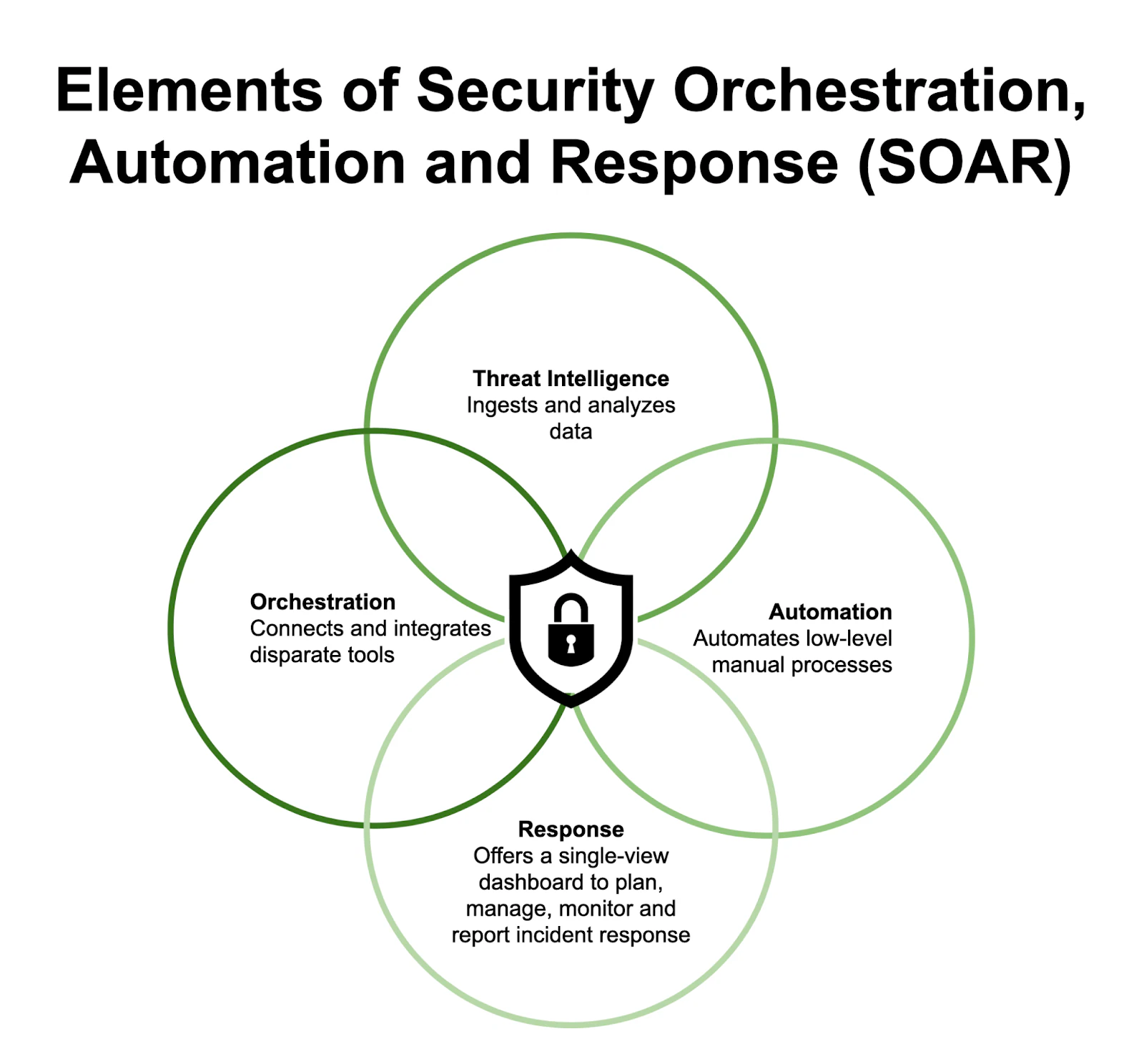
Beyond compute and networking, orchestration is increasingly applied to cloud security. Cloud security orchestration means coordinating security tools and processes automatically across the cloud environment. Cecurity orchestration automates tasks like provisioning firewall rules, updating intrusion detection systems, and triggering incident response actions across clouds.
By centralizing security automation, cloud security orchestration gives operators better visibility and faster response. For example, if a vulnerability is detected, an orchestration workflow might automatically patch virtual machines, update IAM policies, and notify security teams, all in one go. This reduces manual steps and helps maintain consistent compliance. Many organizations implement security orchestration through SOAR (Security Orchestration, Automation, and Response) platforms, which tie together monitoring, threat intelligence, and response. The net effect is that cloud services remain secure by default – each security control and check is part of the automated deployment pipeline. In short, cloud security orchestration makes it far easier to enforce policies and handle threats in a dynamic cloud infrastructure.
Cloudchipr: The FinOps Engine Behind Efficient Cloud Orchestration
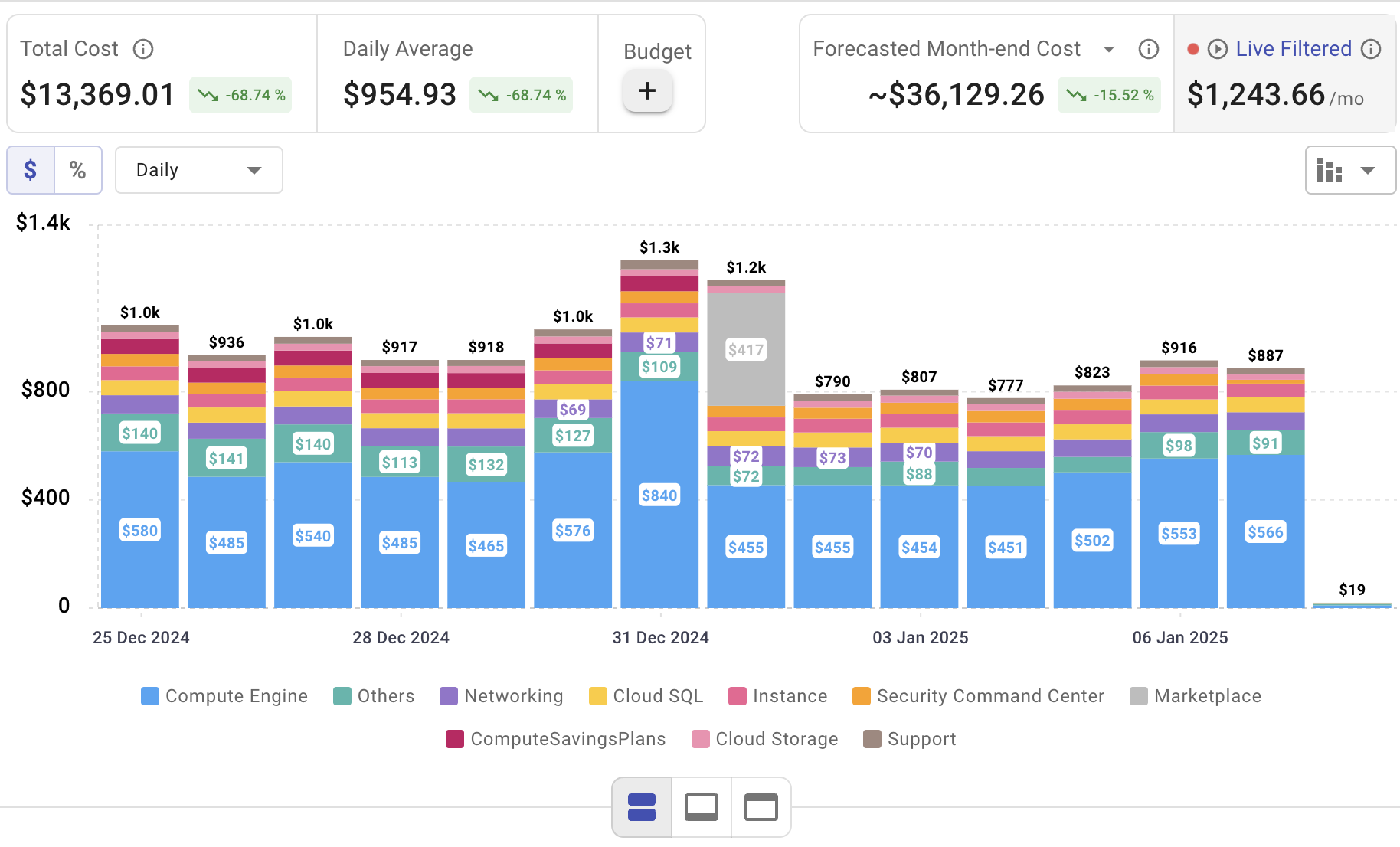
Even the best-planned orchestration can hemorrhage cash if you can’t see where every dollar is going. Cloudchipr closes that loop with razor-sharp cost analytics that drill all the way from multi-cloud roll-ups down to a single Kubernetes pod or Terraform-provisioned volume.
Key Features of Cloudchipr
.png)
Automated Resource Management:
Easily identify and eliminate idle or underused resources with no-code automation workflows. This ensures you minimize unnecessary spending while keeping your cloud environment efficient.
Receive actionable, data-backed advice on the best instance sizes, storage setups, and compute resources. This enables you to achieve optimal performance without exceeding your budget.
Keep track of your Reserved Instances and Savings Plans to maximize their use.
Monitor real-time usage and performance metrics across AWS, Azure, and GCP. Quickly identify inefficiencies and make proactive adjustments, enhancing your infrastructure.
Take advantage of Cloudchipr’s on-demand, certified DevOps team that eliminates the hiring hassles and off-boarding worries. This service provides accelerated Day 1 setup through infrastructure as code, automated deployment pipelines, and robust monitoring. On Day 2, it ensures continuous operation with 24/7 support, proactive incident management, and tailored solutions to suit your organization’s unique needs. Integrating this service means you get the expertise needed to optimize not only your cloud costs but also your overall operational agility and resilience.
Experience the advantages of integrated multi-cloud management and proactive cost optimization by signing up for a 14-day free trial today, no hidden charges, no commitments.
Conclusion
Cloud orchestration is now essential in any large-scale cloud strategy. By treating a collection of resources and tasks as a single automated workflow, orchestration boosts reliability and efficiency. Organizations can deliver complex services faster, reduce manual errors, and adapt resources to demand automatically. A mature cloud orchestration solution – whether it’s a set of IaC tools like Terraform, container managers like Kubernetes, or full automation platforms – also enforces consistency and compliance across the board.
In summary, think of orchestration as the conductor of your cloud orchestra. It lets DevOps teams focus on innovation instead of plumbing. With the right orchestration tools and practices, businesses can confidently build and operate across hybrid and multi-clouds, knowing the processes will work together harmoniously.

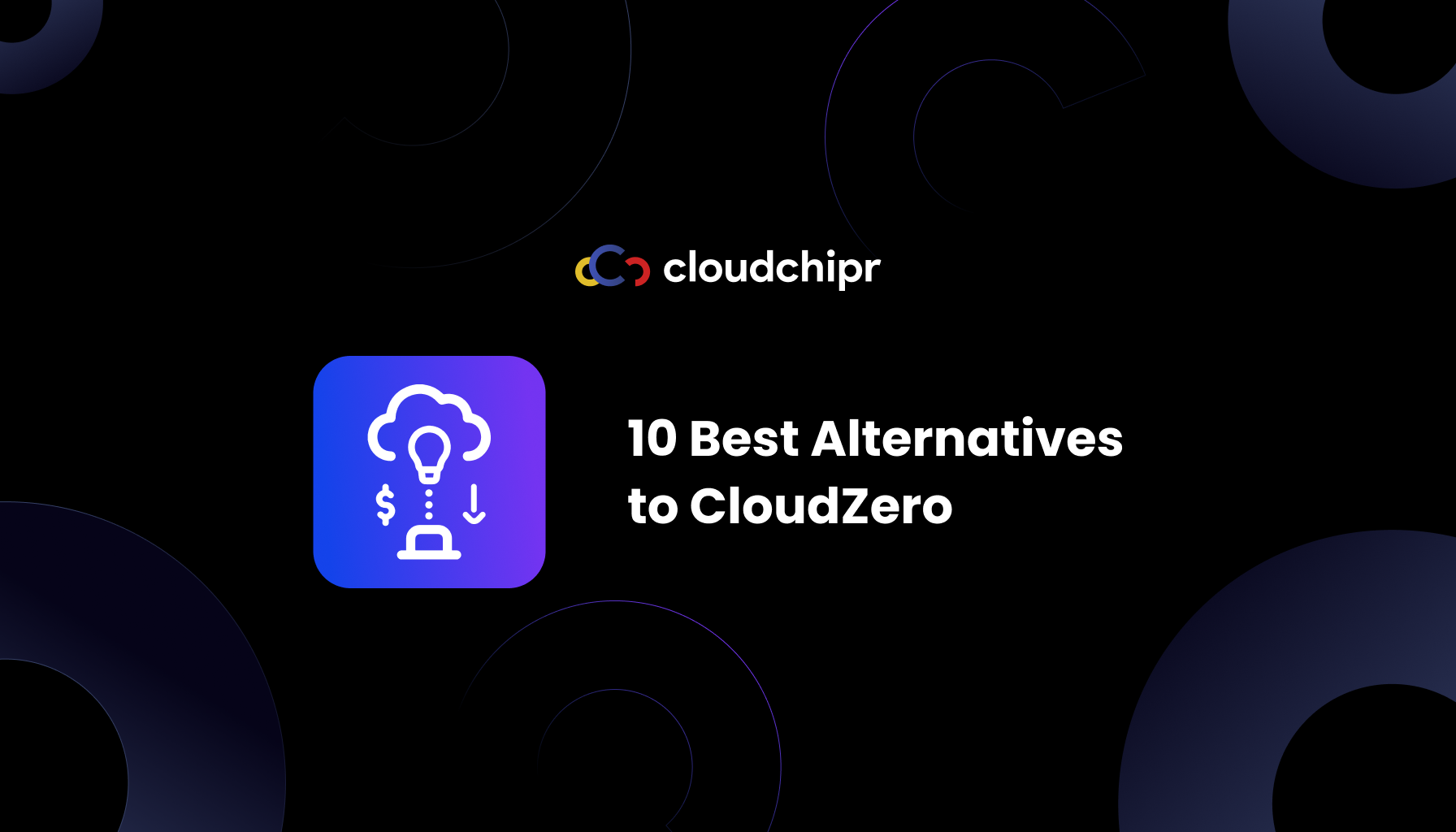
.png)
.png)